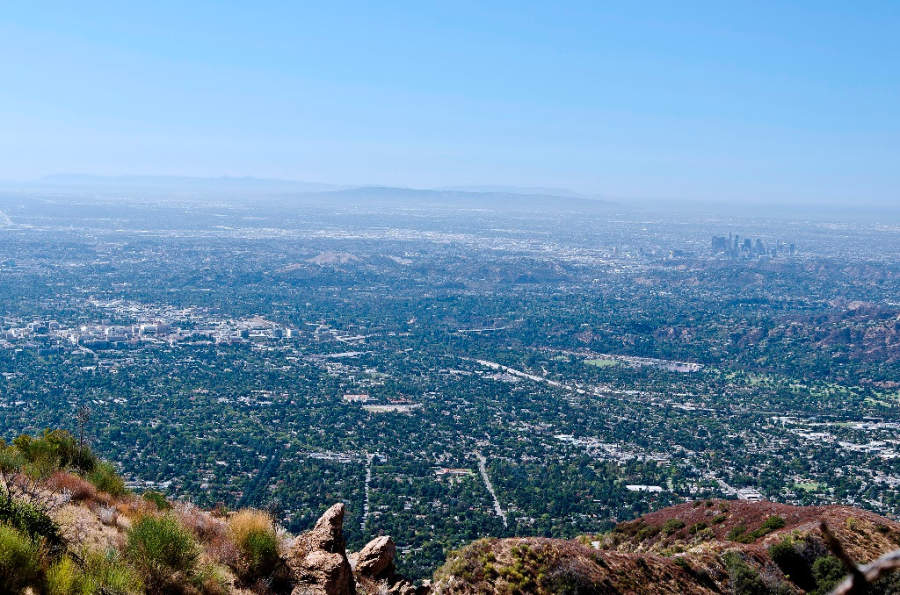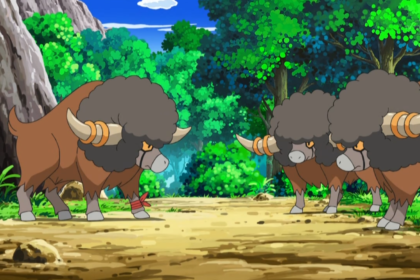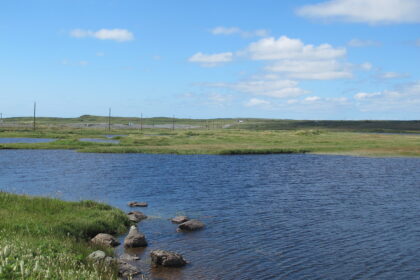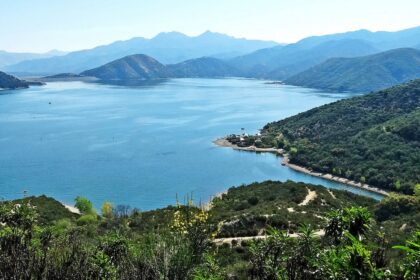Pasadena is a city in Los Angeles County, California, 11 miles (18 km) northeast of downtown Los Angeles. Take a look below for 20 interesting and amazing facts about Pasadena, California, United States.
1. It is the most populous city and the primary cultural center of the San Gabriel Valley.
2. Observers consider it as either a suburb of nearby Los Angeles or, with its substantial downtown area, as a significant urban center in its own right.
3. Its population was 138,699 at the 2020 census making it the 44th largest city in California and the ninth-largest city in Los Angeles County.
4. Pasadena was incorporated on June 19, 1886, becoming one of the first cities to be incorporated in what is now Los Angeles County, following the city of Los Angeles (April 4, 1850).
5. Pasadena is known for hosting the annual Rose Bowl football game and Tournament of Roses Parade.
6. It is also home to many scientific, educational, and cultural institutions, including Caltech, Pasadena City College, Fuller Theological Seminary, ArtCenter College of Design, the Pasadena Playhouse, the Ambassador Auditorium, the Norton Simon Museum, and the USC Pacific Asia Museum, with the Jet Propulsion Laboratory in nearby La Cañada Flintridge.
7. The original inhabitants of Pasadena (a Chippewa word meaning “Crown of the Valley”) and surrounding areas were members of the Native American Hahamog-na tribe, a branch of the Tongva Nation.
8. They spoke the Tongva language (part of the Uto-Aztecan languages group). Native Americans had lived in the Los Angeles Basin for thousands of years.
9. Tongva dwellings lined the Arroyo Seco (Los Angeles County) in present day Pasadena and south to where it joins the Los Angeles River and along other natural waterways in the city.
10. The native people lived in thatched, dome-shape lodges and lived on a diet of acorn meal, seeds and herbs, venison, and other small animals as well as trading for ocean fish with the coastal Tongva. They made cooking vessels from steatite soapstone from Catalina Island.
11. The oldest transportation route still in existence in Pasadena is the old Tongva foot trail, also known as the Gabrielino Trail, that follows the west side of the Rose Bowl and the Arroyo Seco past the Jet Propulsion Laboratory into the San Gabriel Mountains.
12. The trail has been in continuous use for thousands of years. An arm of the trail is also still in use in what is now known as Salvia Canyon.
13. The Spanish first colonized the Los Angeles Basin in the 1770s as part of the Viceroyalty of New Spain and built the San Gabriel Mission and renamed the local Tongva people “Gabrielino Indians”, after the name of the mission. Today, several bands of Tongva people live in the Los Angeles area.
14. In 1821, Mexico became independent of Spain and California came under control of the Mexican government. In 1833, the mission lands were secularized and most of the lands in California were granted to private Mexican citizens in the form of ranchos. Present-day Pasadena was divided between Rancho San Rafael (lands west of the Arroyo Seco extending to present-day Burbank in the northwest to Glassell Park in the southwest), Rancho del Rincon de San Pascual, (present-day central Pasadena, Altadena, and South Pasadena), and Rancho Santa Anita (present-day east Pasadena, Arcadia, and Monrovia).
15. Rancho del Rincon de San Pascual was so named because it was deeded on Easter Sunday to Eulalia Perez de Guillén Mariné of Mission San Gabriel Arcángel.
16. Before the annexation of California in 1848 by the United States at the end of the Mexican-American war, the last of the Mexican owners of Rancho del Rincon de San Pascual was Manuel Garfias who retained title to the property after statehood in 1850. Garfias sold sections of the property to the first Anglo settlers to come into the area: Dr. Benjamin Eaton, the father of Fred Eaton; and Dr. S. Griffin. Much of the property was purchased by Benjamin Wilson, who established his Lake Vineyard property in the vicinity. Wilson, known as Don Benito to the local Indians, also owned the Rancho Jurupa (Riverside, California) and was mayor of Los Angeles.
17. He was the grandfather of WWII General George S. Patton, Jr. and the namesake of Mount Wilson.
18. In 1873, Wilson was visited by Dr. Daniel M. Berry of Indiana who was looking for a place in the country that could offer a mild climate for his patients, most of whom suffered from respiratory ailments. Berry was an asthmatic and claimed that he had his best three night’s sleep at Rancho San Pascual.
19. To keep the find a secret, Berry code-named the area “Muscat” after the grape that Wilson grew. To raise funds to bring the company of people to San Pascual, Berry formed the Southern California Orange and Citrus Growers Association and sold stock in it.
20. The newcomers were able to purchase a large portion of the property along the Arroyo Seco and on January 31, 1874, they incorporated the Indiana Colony. As a gesture of good will, Wilson added 2,000 acres (8 km2) of then-useless highland property, part of which would become Altadena. Colonel Jabez Banbury opened the first school on South Orange Grove Avenue. Banbury had twin daughters, named Jennie and Jessie. The two became the first students to attend Pasadena’s first school on Orange Grove.




